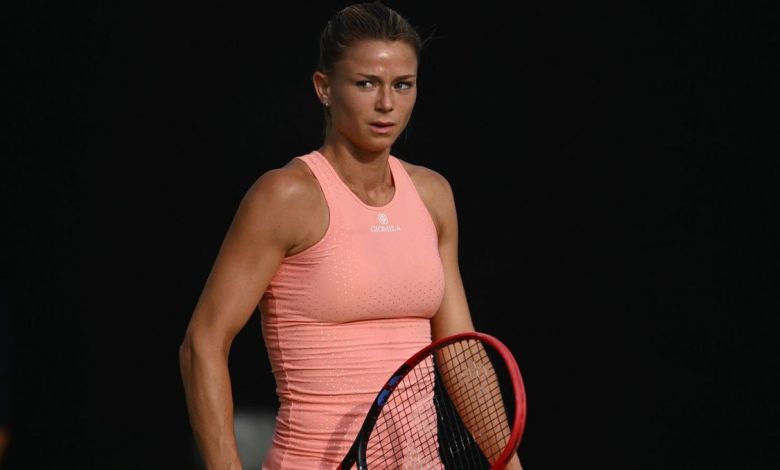
The BNP Paribas Warsaw Open encountered an unexpected twist as Italian tennis star Camila Giorgi withdrew from the tournament just hours before her scheduled match, sending ripples through the event’s schedule. Giorgi, a formidable presence in the tennis world, was set to be one of the headline acts at this year’s competition, with her withdrawal creating a stir among fans and organizers alike.
As the 6th seed in the tournament, Giorgi’s absence leaves a noticeable void in the lineup. Despite her current WTA ranking of 50th, Giorgi boasts a decorated career, having once been a regular fixture in the top thirty. Her past achievements include reaching the quarterfinals of Wimbledon and clinching victory at the prestigious Canadian Open, a WTA 1000 event.
The anticipation surrounding Giorgi’s first-round matchup against Tatjana Maria was palpable, promising an intriguing clash between two seasoned competitors. However, the organizers’ decision not to designate their encounter as the marquee match of the day raised eyebrows, especially considering Maria’s impressive run to the Wimbledon semifinals last year.
Moreover, the scheduling choices raised further questions when the sole Polish representative in the singles draw, Maja Chwałlińska, faced off against Laura Siegemund in a match that failed to attract significant attention. The decision to prioritize a doubles match featuring British and Serbian players over these singles encounters left many scratching their heads.
The reshuffling of the schedule to accommodate the absence of Giorgi only added to the confusion, with a doubles match replacing what was poised to be a highly anticipated singles showdown. This move not only failed to generate excitement but also highlighted the waning interest in doubles matches compared to singles events.
Despite the organizers’ efforts to salvage the day’s proceedings, the lack of star power on display coupled with questionable scheduling decisions cast a shadow over the opening day of the tournament. As fans eagerly await the remaining matches, the unforeseen turn of events serves as a reminder of the unpredictable nature of professional tennis and the challenges faced by organizers in delivering a compelling sporting spectacle.